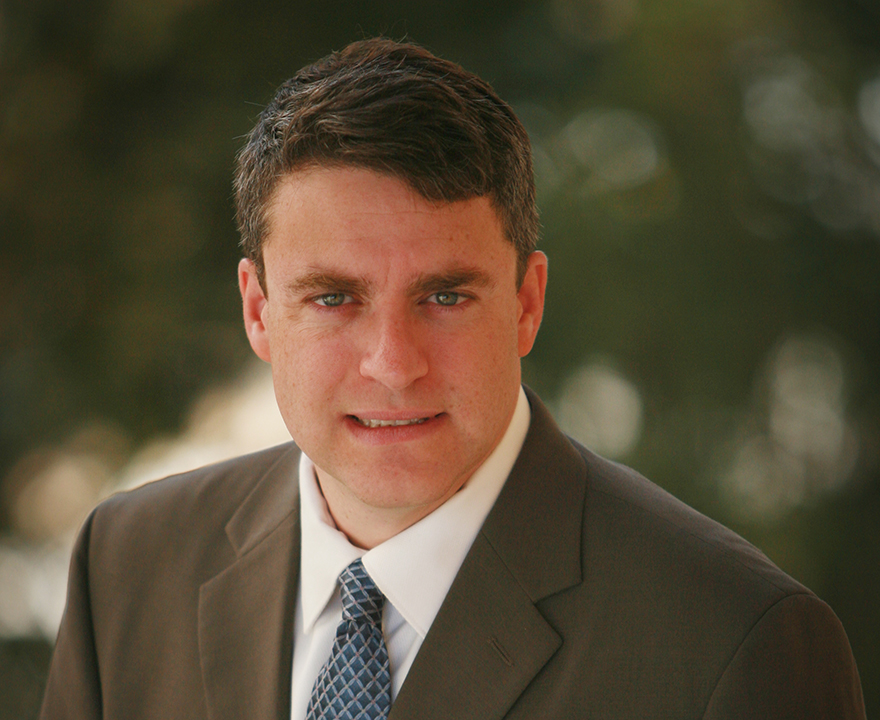Hutchins Roundup: Unconditional cash transfers, countercyclical capital buffers, and more

Hutchins Roundup: Unconditional cash transfers, countercyclical capital buffers, and more
- February 6, 2020
- Gary Richardson, economics, Brookings Institution, Feb. 6, 2020
-----
Christoffer Koch of the Federal Reserve Bank of Dallas, [Economics Professor] Gary Richardson of the University of California, Irvine, and Patrick Van Horn of Scripps College find that during the run-up to the banking crisis in 1929, systemically important banks built capital buffers of 3 to 5 percent of assets in preparation for the bust that they believed would follow. This helped these banks survive the depression of the 1930s. In contrast, during the run-up to the 2007 crisis, systemically important banks kept their capital ratios at the regulatory minimum because they expected the government to rescue them in a crisis.
For the full story, please visit https://www.brookings.edu/blog/up-front/2020/02/06/hutchins-roundup-unconditional-cash-transfers-countercyclical-capital-buffers-and-more/
-----
Would you like to get more involved with the social sciences? Email us at communications@socsci.uci.edu to connect.
Share on:
Related News Items
- Careet RightThe government shutdown could throw a wrench into the Fed's next meeting
- Careet RightThe financial panic that led to the start of the Federal Reserve
- Careet RightTrump's plan to pack the Fed with loyalists
- Careet RightTrump says he'll fire Fed's Lisa Cook if she doesn't resign over mortgage fraud allegations
- Careet RightThe twilight of the central banking elite


